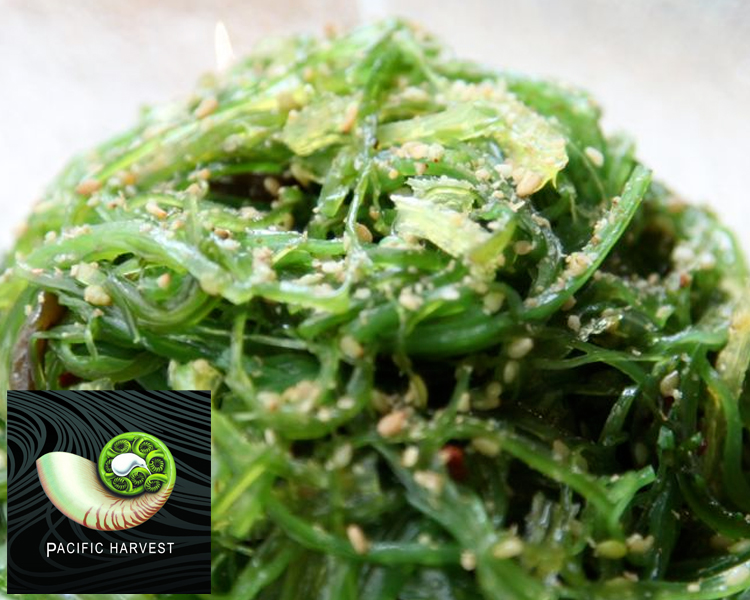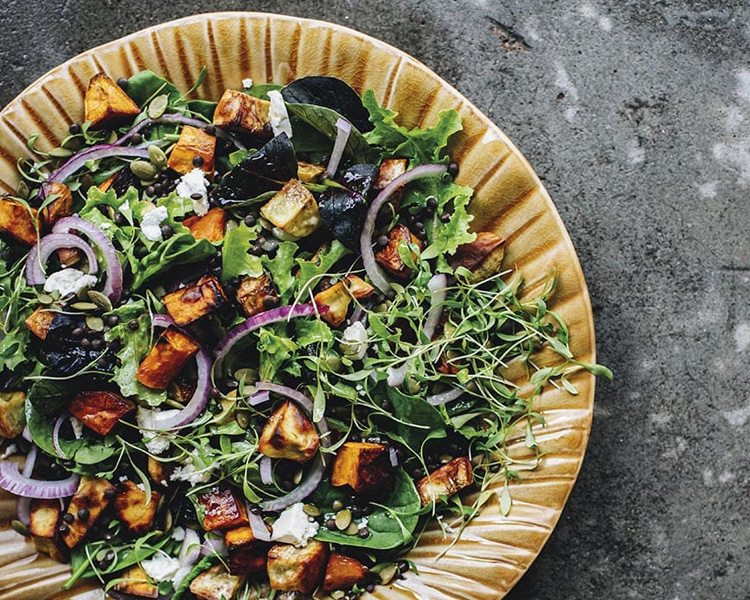
Since 2002, Pacific Harvest owners Doug and Louise Fawcett have had a goal of making sea vegetables (edible seaweed) a more integral and accessible part of everyday cooking.
Nowadays Pacific Harvest offers a range of sea vegetable products which have become increasingly popular with the health conscious and gourmets alike.
They harvest sea vegetables from New Zealand where ever possible, however the restrictions imposed on the harvest of local seaweeds, and the desire to provide seaweeds that are indigenous to different oceans, require that some of their seaweeds are imported from other countries.
Why seaweed?
Seaweeds are vegetables growing in the sea. In Asia, they easily represent 15% of the diet; in the West they have become better accepted (mainly thanks to sushi), but they still represent an untapped culinary potential as their range and variety far surpasses that of land vegetables. They offer a new world of colours, flavours and textures for the foodie to discover and create.
Seaweeds are a functional food that have the combined nutrients of fish, meat and vegetables, are vegan, raw and gluten free. Seaweeds are also far more concentrated in nutrients than their land counterpart so a little bit goes a long way.
Pacific Harvest carries 12 varieties of seaweed, half of them from New Zealand. To ensure they’re safe to consume, their seaweeds are tested for contaminants. All of their seaweeds are harvested sustainably, dried naturally and unprocessed so they keep all their original nutrients.
Most of Pacific Harvest’s seaweeds are packed dried as it is the natural way to extend their shelf-life; unlike land vegetables, seaweeds recover their original texture upon rehydration. Remember, they won’t keep long after rehydration - so just reconstitute what you need.
How to use seaweed in everyday life
Despite their common association with Asian cuisine, seaweeds have strong historical roots in various parts of the world, spanning many continents and cultures, from the Vikings to the Native Indians of America. In the West, however, the art of seaweed cookery has been somewhat forgotten, with only small pockets of tradition remaining. Nowadays, our exposure to seaweed is mostly through Asian fare although there are many simple ways to include seaweed in everyday meal, whatever diet you choose:
- Use seaweed seasonings instead of salt or other seasonings and garnishes. A great alternative to regular salt, seaweed is salty with less sodium and more of the other minerals we need.
- Add seaweed powders to smoothies
- Use Kombu in stocks, stews or to cook grains; it will tenderize, add flavour and increase digestibility
- Use seaweed leaves as wraps to cook food; it will add flavour, impart nutritional value and preserve moisture during cooking
- Add pieces of seaweed to soups and salads, a small amount is all you need
- Make salsas and pestos
Many New Zealand chefs and cafes have seaweed on the menu including Al Brown @ Depot, French Café, Little Bird Organics and O’Connell St. Bistro.
Visit Pacific Harvest online for more seaweed facts and recipe inspiration.






